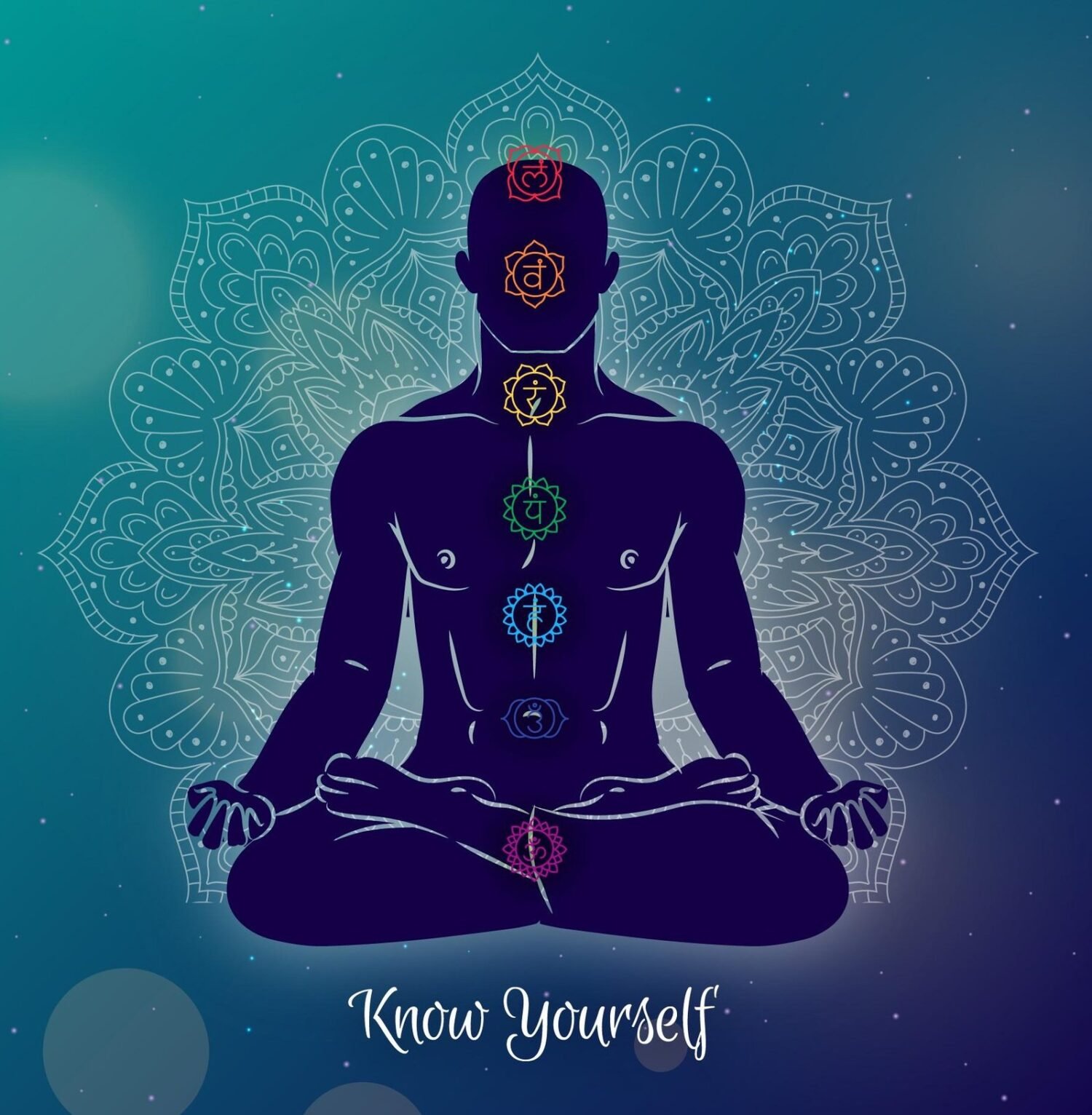Yoga comes in many different forms. Yoga is a well-liked min-body workout with numerous variations, each with its discipline, concentration, and objectives. One such technique is power yoga, which is intended to increase cardiovascular endurance and muscle strength. The power yoga poses are difficult, and you transition swiftly between them. In contrast to some other yoga forms that consistently follow the same set of poses, power yoga programs are rarely the same and offer good physical exercise. Whatever name you give it, power yoga is a high-intensity workout. You quickly transition between poses, coordinating your breathing with your various body movements. Power yoga might not look like a calm yoga practice, but rather like an aerobics session. Power yoga is more energetic than meditative, even yet it calls for awareness and attention to your breathing.
Tips and Tricks for Power Yoga
Right Time: Make sure to choose a time when you feel the most energetic, the best time is morning session.
Give Time: Picking up the tough poses initially won’t help. Ensure to start from easy poses and gradually upgrade them.
Set Goals: Everyone do power yoga with a goal like muscle strengthening, improving flexibility, or reducing stress. Know your aim before practice.
Savasana Matters: Spend some time in savasana, or corpse posture, at the conclusion of your practice. It enables your body to unwind and assimilate the session’s advantages.
Benefits of Power Yoga
Relives Stress: Regular power yoga exercise causes your body to produce fewer stress hormones, such as cortisol, and releases feel-good and pain-relieving biochemicals. Power yoga practitioners frequently describe leaving the studio feeling energised and happy.
Improves Sleep: Your body can become sufficiently relaxed at the end of the day with a good all-over workout routine to enable you to sleep soundly.
Strengthen Bones: Power yoga helps strengthen your bones and lower your risk of osteoporosis because it involves a lot of weight-bearing poses.
Improves Lungs Heath: Power yoga offers cardiovascular benefits that might enhance your ability to breathe deeply and fully.
Weight Loss: Power yoga’s rapid-fire poses can help in loosing weight by burning calories. It works the entire body, not just the core, which helps lose belly fat.
Power Yoga Poses You Should Not Miss
Power yoga combines many popular yoga postures, such as warrior, pigeon, locust, camel, and boat poses, as well as the child’s pose, downward-facing dog, and sun salutations.
Chaturanga
Begin in a plank position with your feet hip-width apart, shoulders over wrists. Moving in a plank motion, raise yourself to the tips of your toes. Pull your chest up, pull your triceps into your sides, bend your elbows straight back, and bring your upper arms parallel to the floor. Ascending to Upward Dog requires rolling over the tips of your toes, arm straightening, chest pulled through the arms, and upward gaze.
Vasisthasana (Side Plank)
Take a plank position with your shoulders over your wrists and palms facing up. While opening your chest to the side and stacking your feet, shift your weight into one hand. Aligning the upper and lower limbs is important. To stay in a straight line, lift up through your hips. Face your upper hand with your eyes. Grab your big toe with your first two fingers and extend your upper leg upwards for an added difficulty.
Knee to Nose
With both hands and heels firmly planted on the ground, begin in downward dog. Hold your hips square as you lift one leg towards the ceiling. As you drive your top leg’s knee towards your nose, shift your weight into your hands and assume a plank posture. Take a backward dog position.
Crescent Lunge
Reposition your left leg into a lunge while maintaining your foot’s ball on the mat, starting from a standing position. While pressing your left knee down, ensure sure your right knee is over your ankle at a 90-degree angle and does not extend past your right foot. Reach straight up with both arms, palms facing each other, fingers and thumbs pointing upward, while maintaining a relaxed posture and tucked tailbone. Naturally, your head should be gradually turned upward, and your back should arch slightly.
You’ll land on your left foot’s toes simultaneously. Maintain the posture while reaching upwards for a duration of one minute. Breathe in and out of the hold as you raise your arms. Flip over and repeat.





